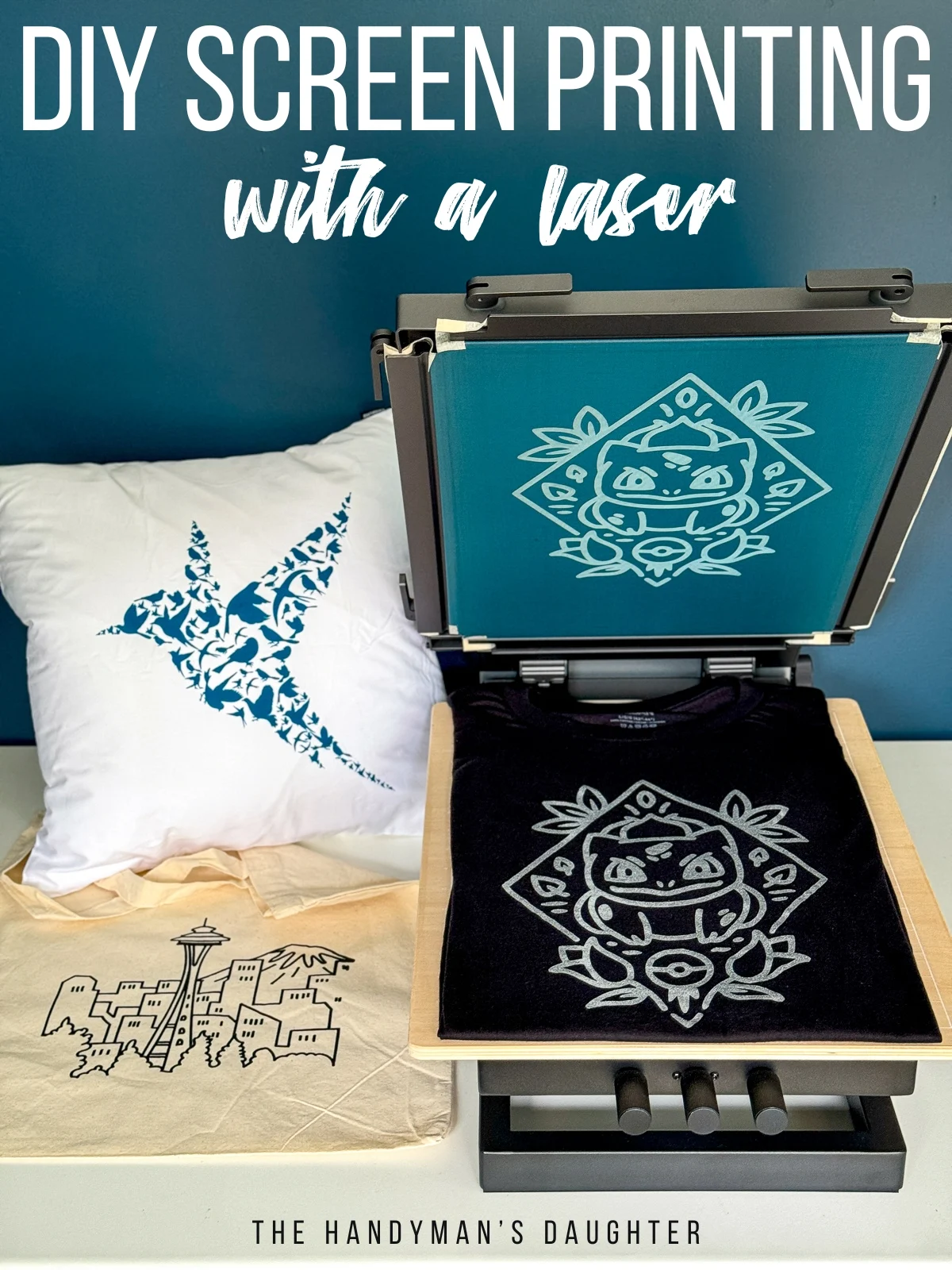The Crucial Overview to Recognizing Screen Printing and Its Versatile Uses
Screen printing has an abundant history that dates back to old times, progressing right into an innovative technique used across different markets today. This overview explores the ins and outs of the screen printing procedure, outlining its applications in home, advertising and marketing, and style design - 10:9 Design Screen Printing Texas. Recognizing these basics can open creative possibility for both commercial and creative tasks. The adhering to sections will reveal crucial suggestions and methods to improve one's screen printing undertakings
The Background of Screen Printing
Although screen printing has roots that trace back centuries, its evolution reflects the technical and artistic developments of different cultures. Coming from old China, the method was initially used for enhancing textiles and later infect Japan, where it ended up being essential to Ukiyo-e woodblock printing. The technique changed to Europe in the 18th century, where it gained appeal among craftsmens and commercial printers. The development of image solution in the 20th century reinvented screen printing, permitting more elaborate styles and greater performance. Musicians like Andy Warhol even more propelled its appeal, making use of the medium to develop renowned jobs that blended commercialism and art. By the late 20th century, screen printing had established itself as a functional technique, used in vogue, marketing, and art. Today, it proceeds to advance, incorporating electronic technology and increasing its applications throughout different markets.
The Screen Printing Refine Explained
Screen printing changes imaginative visions into tangible designs via a series of precise actions. Originally, a photo is produced and then moved onto a screen, generally made from great mesh fabric stretched over a framework. A light-sensitive solution is used to the screen, which is revealed to light, solidifying in areas not covered by the image. After rinsing the unhardened solution, a pattern is created.
Next off, the screen is put over the substrate, whether it be textile, paper, or one more product. Ink is after that pushed with the open areas of the pattern using a squeegee, depositing the layout onto the substrate below. This process can be repeated for multiple shades, needing separate displays for every hue. The published thing is treated making use of warm to ensure the ink adheres properly, resulting in a sturdy, lively design prepared for usage.
Sorts Of Screen Printing Techniques

Additionally, specialized methods, such as discharge screen printing, remove dye from the textile to create softer prints, while aluminum foil screen printing applies metallic foil to accomplish a glossy finish (10:9 Design Texas). Each strategy supplies distinctive visit their website characteristics, accommodating sites different imaginative demands and production ranges, eventually expanding the possibilities within the screen printing domain
Applications of Screen Printing in Numerous Industries

Additionally, the signage and advertising markets make use of screen printing for developing eye-catching display screens and banners. This approach permits bold shades and elaborate styles that record focus. In electronics, screen printing is used for using conductive inks to circuit boards, essential for part connections. Furthermore, the home decoration industry welcomes screen printing to produce distinct layouts on fabrics and wall art. Overall, screen printing works as a critical tool throughout diverse areas, improving products with individualized and aesthetically enticing graphics.
Tips for Successful Screen Printing Projects
While undertaking a screen printing project, careful interest to information can significantly improve the final end result. Selecting high-grade products is important; this consists of the screen, inks, and my response substrates. Utilizing appropriate mesh counts can affect ink deposition and information resolution. Prep work is just as essential; detailed cleansing of displays and correct exposure times ensure crisp prints.
Next, precise enrollment is important for multi-color prints. Using placement devices can assist achieve accurate layering. Additionally, testing prints on scrap products before manufacturing helps determine potential concerns without wasting resources.

Regularly Asked Questions
What Products Are Ideal for Screen Printing on Textile?
Cotton and polyester blends are perfect for screen printing on fabric because of their sturdiness and ink absorption. Furthermore, specialized materials like silk or canvas can generate one-of-a-kind appearances and coatings, improving the general layout top quality.
Exactly how Do I Tidy and Maintain Screen Printing Devices?
To maintain and cleanse screen printing devices, one need to consistently wash displays with ideal solvents, inspect squeegees for wear, oil relocating components, and shop all things in a dry, dust-free setting to extend their life-span.
What Are the Ecological Influences of Screen Printing?
Screen printing can have considerable ecological impacts, including chemical waste from solvents and inks, water usage during cleaning procedures, and power usage. Lasting practices and eco-friendly products are necessary for minimizing these negative results.
Can Screen Printing Be Done at Home Successfully?
Screen printing can be successfully done at home with the ideal materials and strategies. Hobbyists can produce top quality prints, though success relies on their skill level, devices, and understanding of the process involved.
What Are the Prices Connected With Beginning a Screen Printing Company?

Beginning a screen printing company includes expenses for devices, products, and office. Preliminary expenses generally vary from a couple of hundred to numerous thousand dollars, relying on the scale, quality of equipment, and wanted manufacturing capability.
Screen printing has a rich history that dates back to old times, developing right into a sophisticated method made use of throughout numerous sectors today. An additional technique, rotary screen printing, utilizes round displays, assisting in continuous printing on material rolls, thus boosting performance for large-scale manufacturings. Additionally, specialized techniques, such as discharge screen printing, eliminate color from the material to create softer prints, while foil screen printing uses metal foil to accomplish a glossy finish. In the style field, screen printing is widely made use of to produce vibrant designs on garments, making it possible for brand names to showcase their unique designs. Cotton and polyester blends are perfect for screen printing on textile due to their longevity and ink absorption.